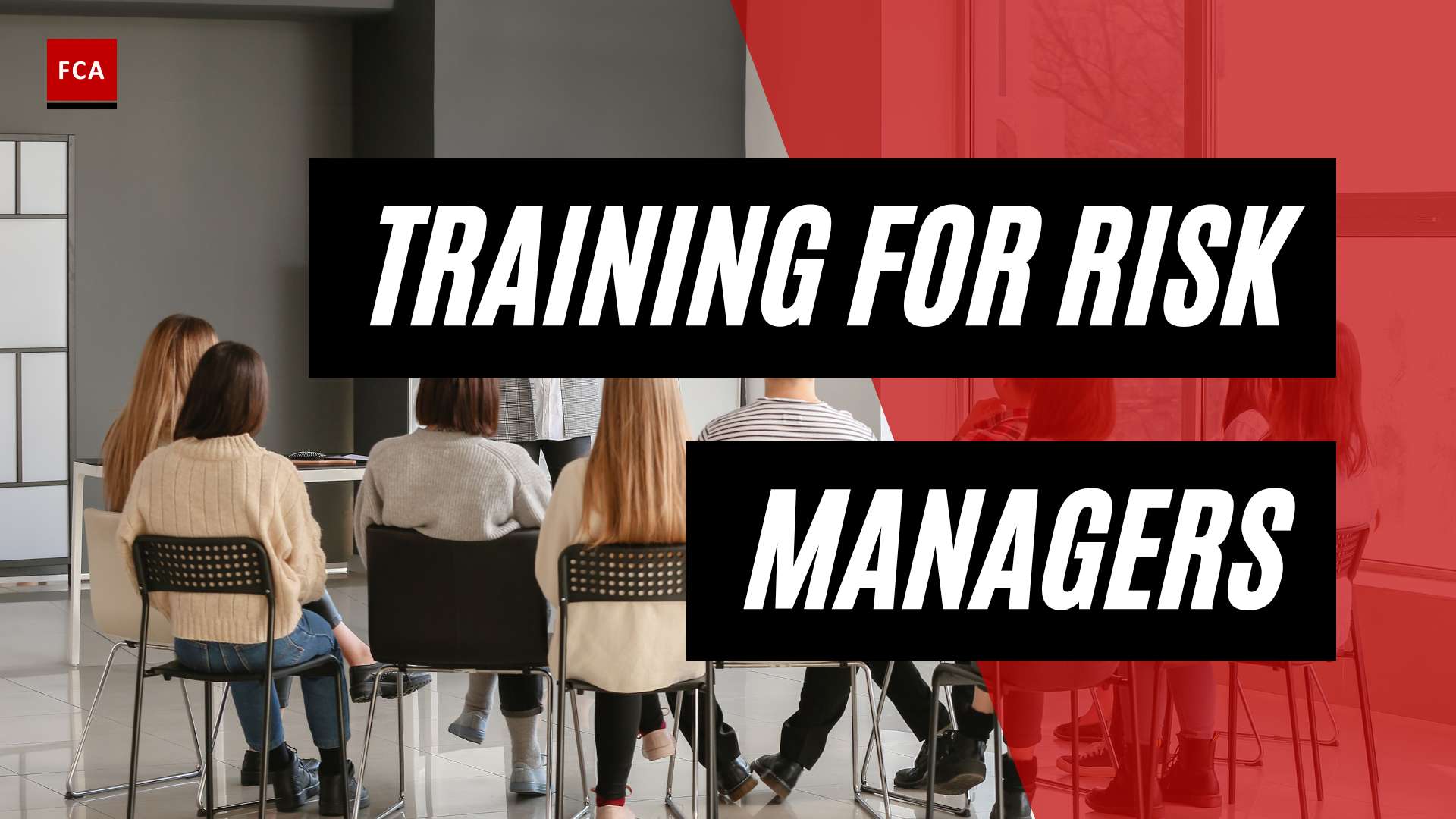Understanding GDPR and AML Compliance
To effectively navigate the complex landscape of regulatory compliance, it is crucial to understand the requirements of both the General Data Protection Regulation (GDPR) and Anti-Money Laundering (AML) programs. These two frameworks play a significant role in shaping the compliance landscape for financial institutions and organizations handling personal data.
Overview of GDPR and AML Compliance
GDPR, the General Data Protection Regulation, was implemented on May 25th, 2018, transforming the way organizations within the EU handle the personal data of their customers and clients. It creates, clarifies, and harmonizes data security legislation across all EU member-states, also affecting organizations from outside territories doing business within the bloc. GDPR aims to protect the fundamental rights and freedoms of individuals by ensuring the lawful and secure processing of personal data (ComplyAdvantage).
On the other hand, Anti-Money Laundering (AML) programs are designed to prevent and detect money laundering and the financing of terrorism. AML regulations require financial institutions and other organizations to implement robust systems and controls to identify and mitigate the risks associated with money laundering and terrorist financing.
The Impact of GDPR on AML Programs
The introduction of GDPR has significant implications for AML programs. Financial institutions in the EU and beyond must manage their GDPR AML compliance obligations in the new data protection regime. This means ensuring that personal data collected and processed as part of AML activities is handled in accordance with GDPR requirements (ComplyAdvantage).
One area of potential conflict between GDPR and AML is the “right to be forgotten” introduced by Article 17 of GDPR. This right may clash with AML law, as AML regulations require data to be retained for a certain period (e.g., 5 years) after the end of the customer relationship. In such cases, legal requirements, as stipulated by AML, take precedence over the right to be forgotten under specific circumstances.
Financial institutions and organizations must also ensure that data controllers appoint data processors who can offer and demonstrate “sufficient guarantees” of GDPR compliance. This might require including GDPR AML compliance requirements in contracts with third parties and ensuring the secure transmission of data between controllers and third-party processors.
Understanding the overlap and potential conflicts between GDPR and AML is essential for organizations to ensure compliance with both frameworks. Failure to comply with GDPR and AML requirements can have severe consequences, including significant penalties. GDPR compliance penalties can reach up to €20 million (or 4% of global revenue), emphasizing the importance of staying compliant with both frameworks simultaneously (ComplyAdvantage).
By effectively managing GDPR and AML compliance, organizations can not only meet their regulatory obligations but also protect the privacy and security of personal data while mitigating the risks associated with money laundering and terrorist financing.
GDPR Requirements for AML Programs
To ensure compliance with the General Data Protection Regulation (GDPR) while implementing effective Anti-Money Laundering (AML) programs, financial institutions must adhere to specific requirements. These requirements focus on data protection principles and striking a balance between privacy concerns and AML obligations.
Data Protection Principles in GDPR
Under the GDPR, financial institutions must align their AML programs with the principles of data minimization, purpose limitation, and storage limitation. This means that personal data collected and processed for AML purposes should be kept to a minimum, only used for specific, legitimate reasons, and retained only for as long as necessary (Bolder Group).
Financial institutions must process personal data lawfully, fairly, and in a transparent manner in relation to the data subject. This requires providing individuals with clear information about how their data will be used and obtained, and obtaining their consent in a manner that meets the GDPR’s requirements for valid consent.
Balancing Privacy and AML Concerns
Balancing privacy concerns with the need to combat money laundering is crucial for financial institutions. While AML programs require collecting and processing personal data, GDPR mandates that this must be done in a manner that respects individuals’ privacy rights.
To achieve this balance, financial institutions should implement robust data protection measures. This includes pseudonymization and encryption of personal data, as well as ensuring appropriate technical and organizational measures are in place to protect against unauthorized access or accidental loss of data (Bolder Group).
Financial institutions should also conduct data protection impact assessments (DPIAs) to evaluate the potential risks and impact of their AML programs on personal data. This helps identify and mitigate any potential risks or privacy concerns, ensuring compliance with GDPR requirements.
By adhering to the data protection principles outlined in the GDPR and finding the right balance between privacy and AML concerns, financial institutions can enhance their AML programs while maintaining compliance with GDPR regulations. It is important for financial institutions to understand that non-compliance with GDPR requirements for AML programs can result in significant fines, reinforcing the need for alignment and compliance (Bolder Group).
Navigating Conflicts between GDPR and AML
As financial institutions strive to meet both GDPR and AML compliance requirements, they often encounter challenges and conflicts. Navigating these conflicts requires careful consideration and a comprehensive approach to ensure alignment with both frameworks.
Compliance Challenges and Considerations
Compliance with both GDPR and AML regulations can present several challenges for financial institutions. One of the key challenges lies in striking the right balance between privacy and AML concerns. While GDPR emphasizes the protection of personal data and individual privacy, AML regulations require the collection and processing of customer information to combat money laundering and terrorist financing.
Financial institutions must carefully navigate and address potential conflicts between these two frameworks. For example, the “right to be forgotten” introduced by Article 17 of GDPR may clash with AML requirements, which mandate the retention of customer data for a specific period, typically five years after the end of the customer relationship. In such cases, legal requirements under AML take precedence over the right to be forgotten under certain circumstances.
Additionally, financial institutions must ensure that they have the necessary technical and organizational measures in place to meet the requirements of both GDPR and AML. This includes appointing data processors who can offer and demonstrate “sufficient guarantees” of GDPR compliance, as mandated by GDPR Article 28. Contracts with third-party processors should include GDPR AML compliance requirements and ensure the secure transmission of data between controllers and processors.
Ensuring Alignment with Both Frameworks
To ensure alignment with both GDPR and AML frameworks, financial institutions should adopt a comprehensive approach that addresses the specific requirements of each regulation.
Data minimization is a key concept in both GDPR and AML compliance. Financial institutions should assess and implement measures to minimize the collection, processing, and retention of personal data to only what is necessary for AML purposes. This involves regular data inventories and audits to ensure compliance with data protection principles.
Implementing robust security measures is essential to protect personal data from unauthorized access, loss, or theft. Financial institutions should conduct regular risk assessments to identify potential vulnerabilities and implement appropriate safeguards to mitigate risks. This includes encryption, access controls, and secure data storage practices.
To navigate conflicts effectively, financial institutions should establish clear internal policies and procedures that outline the steps to be taken in situations where GDPR and AML requirements clash. This ensures that compliance efforts are consistent and aligned with both frameworks.
By prioritizing compliance with both GDPR and AML, financial institutions can mitigate the risk of penalties and reputational damage. The penalties for non-compliance with GDPR can be substantial, reaching up to €20 million or 4% of global revenue. It is crucial to stay informed about any updates or changes in both frameworks and regularly review and update compliance programs accordingly.
Navigating the complexities of GDPR and AML compliance requires a proactive and integrated approach. By addressing compliance challenges, ensuring alignment between frameworks, and keeping abreast of regulatory developments, financial institutions can unlock compliance excellence and meet the requirements of both GDPR and AML effectively.
Implementing GDPR in AML Programs
To ensure compliance with both the General Data Protection Regulation (GDPR) and Anti-Money Laundering (AML) requirements, financial institutions must implement specific measures within their AML programs. This section focuses on two important aspects of implementing GDPR in AML programs: data minimization and purpose limitation, as well as security measures and risk assessments.
Data Minimization and Purpose Limitation
Under GDPR, financial institutions are required to adopt a data minimization approach within their AML programs. This means collecting and processing only the necessary personal data required for AML purposes, while minimizing the collection of additional data that is not directly relevant to AML compliance (WilmerHale). By implementing data minimization practices, institutions can reduce the risk of non-compliance with GDPR and limit the amount of personal data they store.
Furthermore, financial institutions must adhere to the principle of purpose limitation when collecting and processing personal data within their AML programs. This principle requires that personal data is collected for specified, explicit, and legitimate purposes, and should not be further processed in a manner that is incompatible with these purposes. Institutions should clearly define their purpose for collecting personal data and ensure that it aligns with their AML compliance requirements.
Security Measures and Risk Assessments
To comply with GDPR, financial institutions must implement appropriate technical and organizational measures to ensure the security of personal data within their AML programs. This includes measures such as pseudonymization and encryption of personal data, as well as the implementation of access controls and regular security assessments (Bolder Group). These security measures help protect personal data from unauthorized access, loss, or disclosure.
Financial institutions are also required to conduct data protection impact assessments (DPIAs) as part of their GDPR compliance efforts. DPIAs involve assessing the impact of AML programs on personal data protection and identifying any potential risks or issues. By conducting these assessments, institutions can identify and address any privacy risks associated with their AML programs, ensuring compliance with data protection regulations.
By implementing data minimization practices, adhering to purpose limitation, and implementing robust security measures along with conducting regular risk assessments, financial institutions can effectively integrate GDPR requirements into their AML programs. This ensures compliance with both GDPR and AML regulations while protecting the privacy and security of personal data. For more information on GDPR and AML compliance, refer to our article on gdpr and aml compliance.
Consequences of Non-Compliance
When it comes to GDPR and AML compliance, failing to meet the requirements can have significant consequences for businesses. In this section, we will explore the penalties for GDPR and AML violations and provide case studies that highlight the potential fines and reputational damage that can occur.
Penalties for GDPR and AML Violations
The General Data Protection Regulation (GDPR) is known for its strict enforcement and substantial penalties for non-compliance. Organizations that fail to adhere to GDPR can face administrative fines of up to 4% of their global annual sales or 20 million euros, whichever is higher. These penalties are applicable for serious violations of GDPR requirements. It’s important to note that fines are determined on a case-by-case basis, taking into consideration factors such as the nature, gravity, and duration of the infringement.
Similarly, non-compliance with Anti-Money Laundering (AML) regulations can result in severe penalties. Regulatory authorities have the power to impose fines and sanctions on businesses that fail to implement effective AML programs. The fines for AML violations vary depending on the jurisdiction and the specific AML regulations in place. For example, ING Group, a Dutch bank, was fined $900 million for AML compliance failures (KYC2020). Morgan Stanley also received a fine of $10 million for similar compliance failures.
Case Studies: Fines and Reputational Damage
Several high-profile cases demonstrate the financial and reputational consequences that organizations can face due to non-compliance with GDPR and AML regulations.
In one case, Standard Chartered, a global bank, was fined $1.1 billion for failing to observe U.S. sanctions against Iran. This violation not only resulted in a substantial financial penalty but also led to a loss of trust and reputation for the bank (KYC2020).
Additionally, regulatory authorities have fined various banks and financial institutions for AML compliance failures. Lone Star National Bank, an independent community bank, received a $2 million fine for “willfully violating” AML requirements. The California Card Club also faced an $8 million fine for similar reasons.
Moreover, individuals involved in non-compliant activities can also face personal penalties. For example, Eric Powers, a currency exchange operator, was personally assessed a civil penalty of $35,000 and was barred from engaging in any activity that would make him a “money service business” for violating Bank Secrecy Act (BSA) reporting requirements (KYC2020).
These case studies highlight the significant financial impact and reputational damage that can result from non-compliance with GDPR and AML regulations. Non-compliant businesses not only face potential fines but also risk losing the trust and confidence of their customers and stakeholders.
It is crucial for organizations to prioritize GDPR and AML compliance to mitigate the risks associated with non-compliance. Implementing robust compliance programs, conducting regular risk assessments, and staying informed about regulatory changes are essential steps to avoid the consequences of non-compliance.








